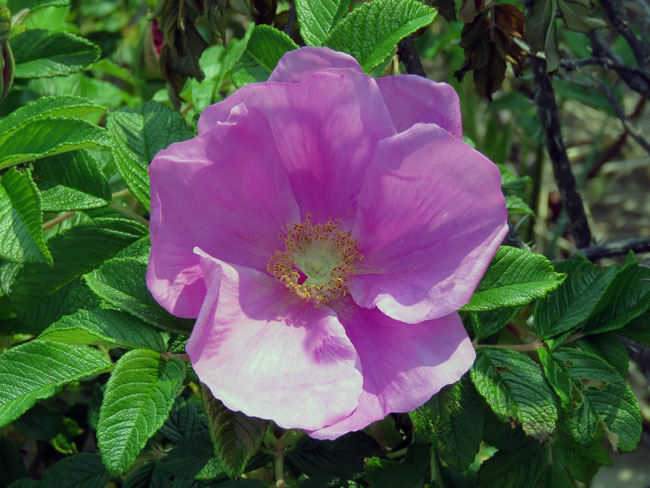
Waking up on our first morning in Georgia I looked out our vacation cottage window and spotted another life bird! It was raining but Tim got these pictures standing on the covered porch. Exciting! After breakfast, Nate & Shea picked us up and off we headed for Jekyll Island. I didn’t want to use my camera in the rain so we took a quick peek at Driftwood Beach and decided to return in a couple of days when the rain would stop.

White Ibises gather in groups in shallow wetlands and estuaries in the southeastern United States. At each step, their bright red legs move through the water and their curved red bill probes the muddy surface below. As adults, these striking wading birds are all white save for their black wingtips, but watch out for young birds that are brown above and white below. White Ibises nest in colonies in trees and shrubs along the water’s edge, changing locations nearly every year.
~ All About Birds website

Then we headed for Horton Pond where there was a covered observation deck, so I could use my camera. You can see all the raindrops hitting the water.






As we were driving along to our next stop, Nate spotted an armadillo on the side of the road. He stopped so I could get a picture. Tim held an umbrella over me and the camera and I got quite a few shots.



After that bit of excitement we headed for the Georgia Sea Turtle Center, Georgia’s only sea turtle education and rehabilitation facility. Tim has been a big sea turtle fan since childhood and it was very interesting learning how they’re helping sea turtles injured and traumatized by human activity. One turtle that captivated me had some weights attached to its shell because it had a spinal injury and the weights helped it to stay balanced while it was swimming. I didn’t get any pictures in there but it was indoors and out of the rain.
In the evening we traveled down to Jacksonville, Florida to visit The Catty Shack Ranch Wildlife Sanctuary, which was all outdoors and it was raining non-stop. Their mission is “to provide a safe, loving, forever home for endangered big cats, and to educate the public about their plight in the wild and captivity.” I left my precious camera in the car so it wouldn’t get wet, but got a few pictures with my cell phone.

they were keeping nice and dry

I caught up with Tim who had found a dry bench under a pavilion to sit for a while. He had been watching a female lion named Rosa and told me that from the way she was acting he thought she had a migraine. My first thought was that animals don’t get migraines but then again, how would we know? They have other diseases similar to ours. Tim certainly has plenty of experience observing someone (me) suffering from a migraine.

After about an hour of us wandering around, the caregivers began feeding the big cats, explaining that they hunt at night in the wild and so they are fed at night here. Each cat had its own method of consuming the food offered, chicken and beef. We were told a bit about each of them, what situations they came from and what their personalities were like. While it was sad to see these wild felines behind fences we appreciated this was the best life they could be having after suffering from the ignorance and cruelty inflicted on them by some thoughtless people.
We returned to our cottage, soaked and tired from a very long rainy day! But grateful for all wildlife we were able to see.





















































































 I am going to miss living by the sea very much.
I am going to miss living by the sea very much.


























